Hide the Keys
Why aren’t mechanical skills taught in driver’s ed anymore? Aspiring motorists learn obscure signage, passing safely (an oxymoron to any parent) and when to pay their motoring taxes. But basic automotive maintenance is a total no show. In my home state, a new driver can get a learner’s permit or driver’s license without having the slightest idea how to check their car’s oil or change a tire.
It’s a shame. Our schools teach our kids how to cook, use a laptop and avoid sexually transmitted diseases. Today's techno-savvy teens can whip-up an omelet, send batch emails from Starbucks and open a condom one-handed, but they don’t know how to keep their car running smoothly and safely. They consider automotive maintenance and repair something their hopelessly nerdy Dad does, or something that happens when their parents [arbitrarily] interrupt their freedom by sequestering the car at the local dealer.
This glaring omission can be traced back to the modern cars’ increasing reliability. Even before Cadillac’s zero-maintenance Northstar engine appeared, manufacturers had been Hell-bent on eliminating any non-cabin customer-to-car interaction. The Japanese have been particularly zealous in this regard, and successful; drivers no longer expect anything to go wrong with their cars. Ever. In fact, reliability has come to mean inviolability: hood and trunk locks are protective shields against "amateur" interference.
This mechanical dumbing down has gone over the top. For example, more and more cars are being fitted with run-flat tires. The technology completely eliminates the need to know how to fit a spare; which is just as well as there usually isn’t one, and if there is, most young drivers wouldn’t know where to find it or what to do with it when they did. Electronic oil gauges are also becoming the norm, virtually eliminating the need to be able to find or use a dipstick.
Once upon a time, automotive mechanical skills were passed from father to son, mother to daughter, friend to friend. Now, much to my amazement, I’ve yet to meet a teenager who knows anything about their car other than how to hook-up their iPod. Recommended oil? Pass. Battery location? Dunno. How to tell when the brakes are wearing out? Nope. The enthusiasts amongst them want NOS and coffee can exhausts, but they have no idea where or how to affix the parts to make them work (other than the local tuning shop). We’ve lost an entire generation to the microchip mentality: if it’s broke, replace it.
Obviously, no car is 100% reliable. Even a Toyota can fail when you least expect it. If you’re paranoid or believe in Murphy’s Law (or both), the breakdown will inevitably occur in the most dangerous place possible (e.g. a busy highway at night in the rain, or the part of town where tow trucks refuse to respond). It’s also obvious that we can no longer rely on the government, schools or the social network to impart mechanical skills to young drivers. Which means it’s down to us, the “car nerd”, to teach our genetic inheritors the basic repair and maintenance skills they need; before their ignorance kills, injures or strands them in the middle of nowhere.
So how do you broach a subject that your children find about as trendy as Herb Alpert and his Tijuana Brass? Cunning and subterfuge. Choose a day when their social schedule is either relative empty or completely full. Run the car’s battery flat, let the air out of a tire, pull a bulb from the tail lights, remove a fuse, extract a wiper blade and hide the keys under the spare. Then gently inform your hormone charged loved ones that they’re not going ANYWHERE until they learn how to take care of the car.
Start with something simple. Hand them the tire iron and ask them what it’s for. (If necessary, duck.) Then have them change that flat tire. Remember: laziness makes people clever. Don’t end up changing the tire for them. Next, move on to the engine compartment. Get them to open the hood (trickier than it sounds), check the oil, refill the windshield washer fluid, locate the battery, and so on. Then watch them replace the wiper blade, headlight bulb and fuse. Finish with the jumper cables to get the whole thing started.
Once you’re satisfied that your children can take care of family car fundamentals, you’ll sleep a little better at night. You can go back to worrying about that guy your daughter is dating, instead of worrying about that AND whether the car will make it home.
More by Dave Matthias
Latest Car Reviews
Read moreLatest Product Reviews
Read moreRecent Comments
- Jeff One less option will be available for an affordable midsize sedan. Not much can be done about GM discontinuing the Malibu. GM, Ford, and Stellantis have been discontinuing cars for the most part to focus on pickups, crossovers, and suvs. Many buyers that don't want trucks or truck like vehicles have moved onto Japanese and South Korean brands. Meanwhile large pickups and suvs continue to pile up on dealer lots with some dealers still adding market adjustments to the stickers. Even Toyota dealers have growing inventories of Tundras and Tacomas.
- Lorenzo This car would have sold better if there was a kit to put fiberglass toast slices on the roof.
- Lorenzo The Malibu is close to what the 1955 Bel Air was, but 6 inches shorter in height, and 3 inches shorter in wheelbase, the former making it much more difficult to get into or out of. Grandma has to sit in front (groan) and she'll still have trouble getting in and out.The '55s had long options lists, but didn't include a 91 cubic inch four with a turbo, or a continuously variable transmission. Metal and decent fabric were replaced by cheap plastic too. The 1955 price was $1765 base, or $20,600 adjusted for inflation, but could be optioned up to $3,000 +/-, or $36,000, so in the same ballpark.The fuel economy, handling, and reliability are improved, but that's about it. Other than the fact that it means one fewer sedan available, there's no reason to be sorry it's being discontinued. Put the 1955 body on it and it'll sell like hotcakes, though.
- Calrson Fan We are already seeing multiple manufacturers steering away from EVs to Hybrids & PHEVs. Suspect the market will follow. Battery tech isn't anywhere close to where it needs to be for EV's to replace ICE's. Neither is the electrical grid or charging infrastructure. PHEV's still have the drawback that if you can't charge at home your not a potential customer. I've heard stories of people with Volts that never charge them but that's a unique kind of stupidity. If you can't or don't want to charge your PHEV then just get a hybrid.
- AZFelix The last time I missed the Malibu was when one swerved into my lane and I had to brake hard to avoid a collision. 1 out of 5⭐️. Do not recommend.


















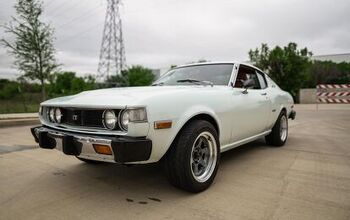

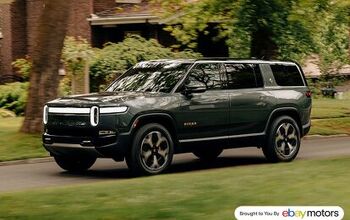
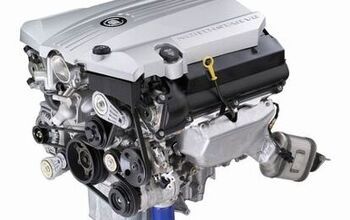

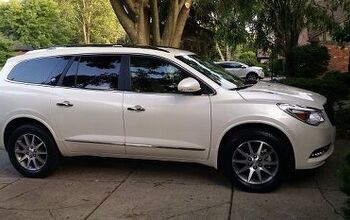
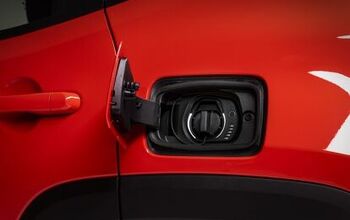
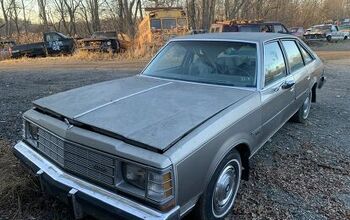








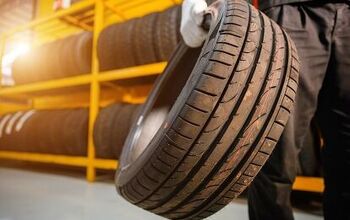
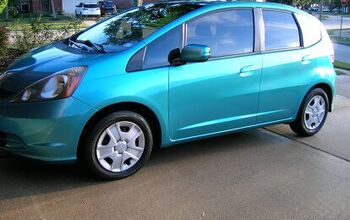
Comments
Join the conversation
Lots of really good information here for those who need it: http://www.carbibles.com/